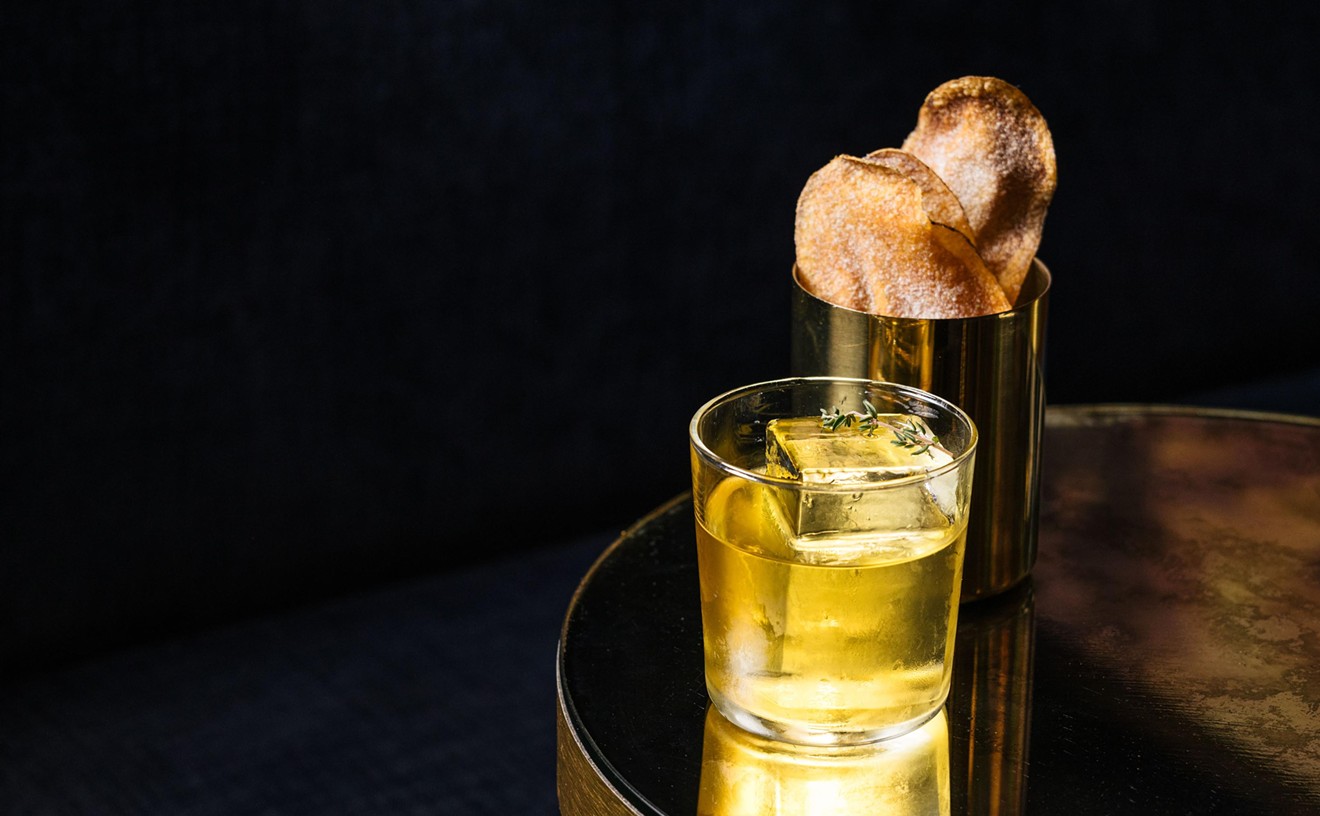Hayes McNeil has hidden powers. If he's not at Royal Coffee Bar (www.royalcoffeebar.com, 209 W. Jackson, 602-374-8044), the modernist java joint in downtown Phoenix he co-owns with brother-in-law Vincent Huizar, he can be found on a job site, rocking the blueprints as a registered architect and partner in Plus Minus Studio (www.plusminusstudio.com). McNeil and his design firm have set the bar pretty high for clean, modern, stylish restaurants with a client list that includes some of the movers and shakers in the dining biz: Postino (Arcadia and Downtown), My Florist Café, and Zoe's. It's not all sizzle and no steak, since McNeil makes sure his own spot can still deliver the goods. His cold-processed Toddy style iced coffee is smooth as velvet, and has none of the acidic burn that taints lesser coffee, and Royal will soon begin roasting their own beans for his current location as well as a new one in the permanent structure that will house the Downtown Phoenix Public Market.
Chow Bella: Where did the name Plus Minus Studio come from?
Hayes McNeil: It's part of the concept of adding and subtracting things until they are right. It became a running joke when we were working with a contractor on a project. What are the dimensions? They are 10 by 12, plus or minus.
CB: What is it like to design a space that will be used as a restaurant?
HM: It's about organizing space, first and foremost. For Postino's first location we envisioned the way the space would be used. It used to be a post office, so part of the design is based on that. The stacks of wine are organized where you would have found mail and packages to be sorted. Their second location, on Central, we went with a lot of period materials. We play a lot with what was there before. The past use history really informs our design.
CB: I love how doors and windows open on both sides to catch the cross breeze.
CB: Do you ever have to work with ideas that you think are just bad design?
HM: Maybe not bad design, but definitely different. We worked with a group that wanted to put a steakhouse behind Cibo. When we got around to discussing parking they said 'Who cares about parking? People will know we are here and will just figure it out for themselves'.
CB:(laughter) Well, I care about parking behind Cibo!
HM: Me, too.
CB: I love the look of Royal Coffee Bar. It's really clean and modern. Did you guys do this?
HM: Thank you. Yes, we did. It's actually one of the oldest buildings downtown.
CB: Really? I always think of it as so modern.
HM: It was built in 1890, and the space was originally used as a train maintenance depot. They used to pull trains here and work on them. You can see traces of wood and the outlines of boards on the ceiling in the concrete. That was before they'd invented plywood. More recently it was a machine shop, so we worked with that and it comes through in the cabinets we designed.
CB: Are you guys moving to the Downtown Farmers Market?
HM: Not moving, but we will have a coffee shop there. We'll have 160 square feet of space. We're using as much recycled and reused materials that are period correct as we can. We have hardwood floors from a 1920's Arizona farmhouse, and we're going to use working Edison-era light bulbs. They still work, they are handmade and they have a soft glow.
CB: And the coffee?
HM: We won't have much in the way of machinery. We'll have our lever-pulled espresso machine, but the coffee we'll make one cup at a time.
CB: With the Clover?
HM: No, it's a Japanese invention called the Bee House. You pour one cup at a time, and then stir it. It's similar to a drip coffee, but with a clear, smooth coffee taste.










